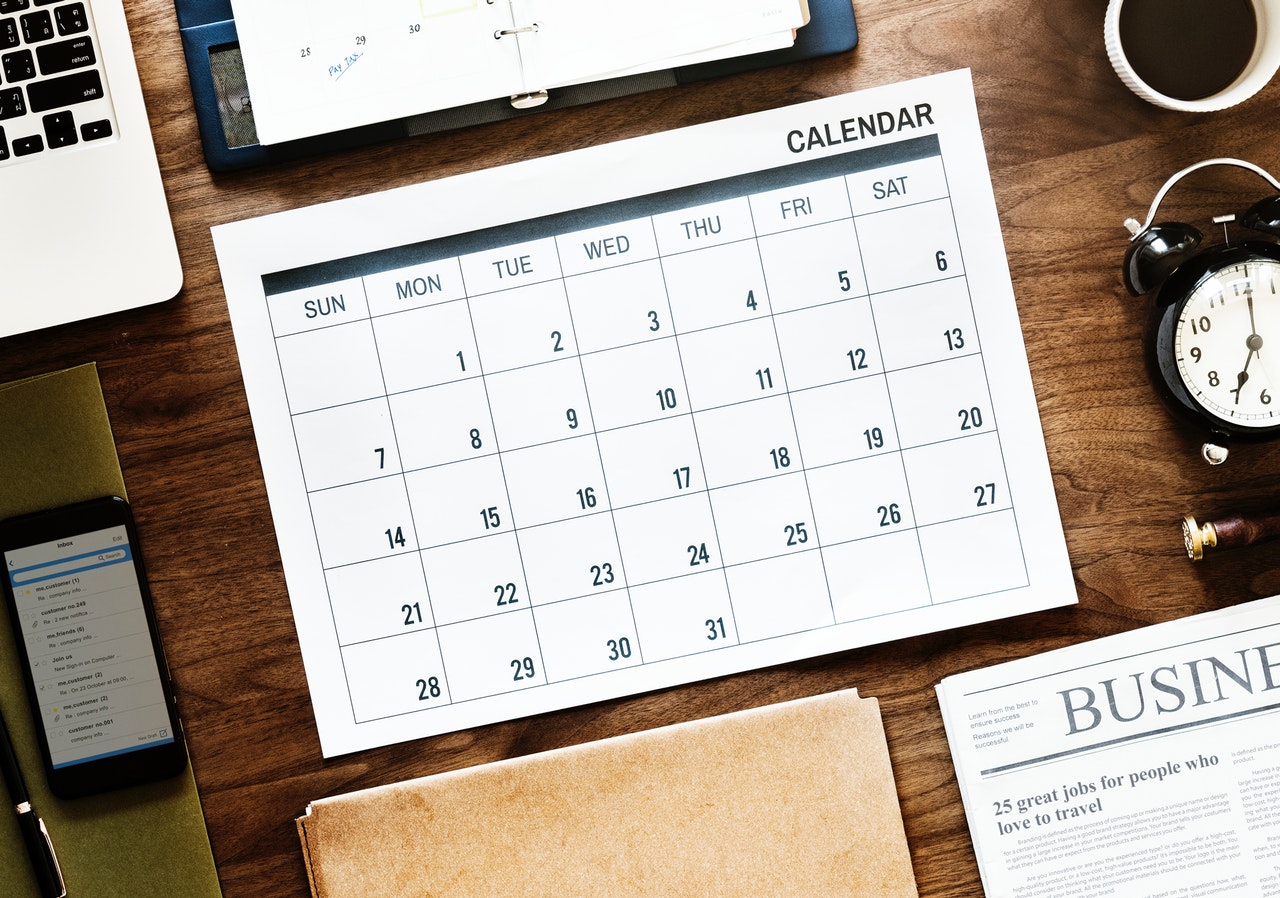Writing an email may appear to be a simple task but the fact is that very few people know how to write an email effectively and succinctly. Here are seven simple tips to help you to communicate more clearly and get better results from your email exchanges.
1. Keep it short and to the point. The majority of business people suffer from email overload to some degree, they are overwhelmed by the number of emails that they receive daily, so keeping your emails short and getting to the point more quickly will mean they will have a much better chance of being read and responded to.
2. Limit each email to one question, if you ask too many questions in the one email you may find your email returned with some of the answers missing. You will make it easier for someone to read and respond more quickly if you limit your email communication to one topic per email.
3. Include your contact details: Make sure you set up your email signature so that if someone wants to contact you by phone they can or if they want to look at your website the information is all there in your email signature.
4. Font and Formatting: Keep the font simple and a size between 10 and 12, any bigger and the reader may get the impression that the sender is elderly or has a problem with their sight. Never use bold as it may give the impression of an aggressive tone as do CAPITAL LETTERS ! if you receive a text message or email in All caps you feel like the sender is shouting at you.
5. Put yourself in the receivers shoes: Think about what you want from the recipient and think about how busy they may be, what benefit is there for them in your request, if there is no benefit for them and you are asking a favour make sure you make that clear and concise and you get to the point quickly.
6. Do not CC everyone and their mother!: All too often you receive CC emails which we used to call in my old job CYA emails (Cover your ASS ) emails. Make sure everyone is kept in the loop and that there will be no repercussions from someone who should have known about a particular meeting or event taking place. The problem with this is that some workers receive so many CC emails that they can often overlook them and miss the purpose in the end. The best thing to do is to create a company policy around emails and copying co-workers. Managers should rather be notified of the final outcome of a conversation rather than be kept in the loop for the whole conversation. The best solution is to set up Rules and Alerts for CC emails. If your name is not in the To: field of the email, more likely than not the email doesn’t require action by you, therefore you can safely assume that an urgent reply is not necessary. If this is the case, automatically sending your email to a folder called CC mail can reduce the number of emails in your inbox and allow you to deal with the CC mail when you are ready to do so.
7. Review and Revise: After you write an email, review it and make sure that what you intended to write is what you have actually written. Review and Revise accordingly, and remember sometimes the clearest and more concise form of communication is often the phone.
More articles you may be interested in Managing Email Overload











